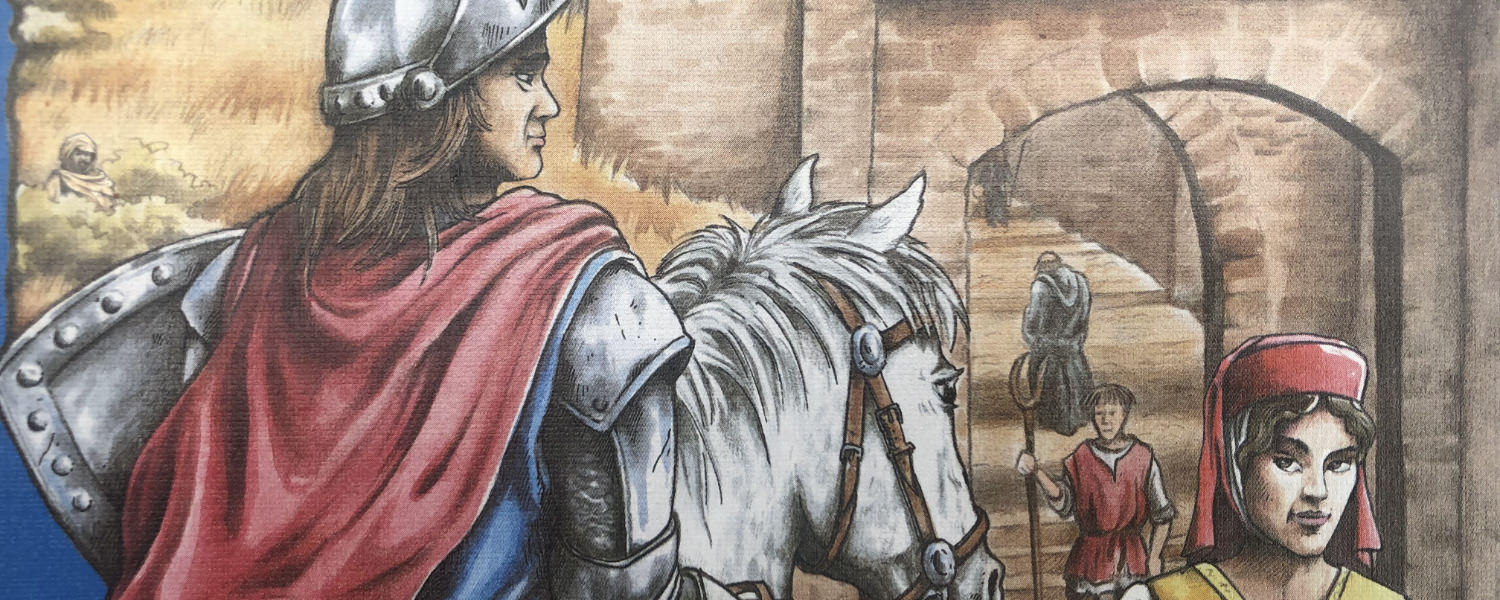
Guild Classics #1 - Carcassonne
Yes, there was a time when I played little or no board games. At some point the hype around "The Settlers of Catan" had subsided and it took me more than fifteen years to re-enter the fascinating world of board games. Exactly in this meantime Carcassonne by Klaus-Jürgen Wrede appeared. At that time, the game accompanied us on every vacation trip - among others to the South of France to the city of the same name. Now, about twenty years later, I wonder if Carcassonne still has what it takes to be the game of the year.
In Carcassonne 2 to 5 players try to develop landscapes, cities and monasteries by the skillful use of their followers and to collect points. Whoever has the most points at the end - who would have thought it - wins the game.
Bags packed and off to the south
Game preparation and gameplay are quickly explained. At the beginning, the starting card, scoring board and landscape tiles (face down) are placed in stacks on the table. Each player receives 8 minions of one color, one of which is placed on the scoring board.
Carcassonne is played clockwise until no more landscape tiles can be drawn. A player's turn always consists of the following actions:
- the player must draw a landscape tile and place it on the board according to the rules.
- the player may place one of the henchmen from the supply on the tile he/she has just placed.
- if the player has built roads, cities or monasteries on the tile, they are scored directly.
Knight, thief or monk?
As simple as the rules sound at first, the pondering usually begins with the drawing of the landscape tile. Where can it be tactically positioned? Can I complete a road or city to score points and, most importantly, get a henchman back in my hand? Monasteries score a lot of points, but must be completely surrounded by other landscape tiles to be scored directly. With roads and cities, on the other hand, the question is usually: how big is too big? Of course, a city with numerous coats of arms earns a lot of points, but it must be closed before the game ends.
In addition to the considerations for your own landscapes, you should always keep an eye on your opponents. By tricky indirect laying of landscape tiles it can happen that several thiefs stand on roads or knights on cities. The points are awarded to the player with the most thiefs or knights. In the event of a tie, all players involved receive the full number of points.
The game ends when all tiles have been placed. In the rare case that a landscape tile cannot be placed, the player may move to a new tile. In the final scoring, points are awarded for unfinished roads, cities and monasteries (one point per tile). In the original version of Carcassonne, the cities bordering on meadows occupied by peasants are also scored. In newer editions, this is a separate game variant for "professionals", which can be quite decisive for the game. Three points are awarded for each city. The right strategy for occupying meadows can also lead to majorities, so that some farmers end up empty-handed in the final scoring. But here, too, caution is advised, because a follower placed as a pawn remains on the meadow for the entire time and cannot be taken back.
Is a trip to the south of France worthwhile?
Spontaneously, I would say definitely. The game impresses with a quick structure, quickly learned rules and a fluid gameplay. And yet it creates a pleasant tactical depth and also offers strategists opportunities to develop. The players can decide for themselves how offensive they want to be against each other. Carcassonne finds exactly the right balance and is perfect for a family game night.
In the course of time, numerous new versions of the basic game have come onto the market, so that illustrations and game instructions have undergone some revisions. We especially recommend the 20th anniversary edition - a visual treat not only for fans. But also in terms of replay value Carcassonne can convince. There are countless expansions, which ensure that the game will not get boring so quickly in the next 20 years.
Conclusion: The mother of all tile-laying games has aged well and can be recommended for a nice game evening then as now. Which version and expansions you choose is up to you.
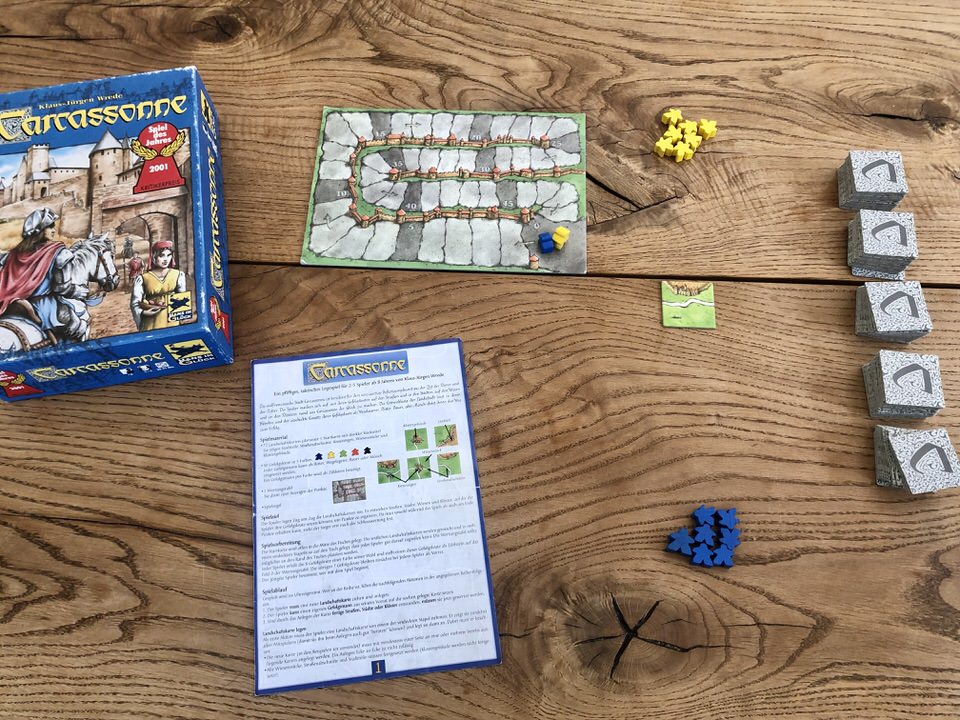
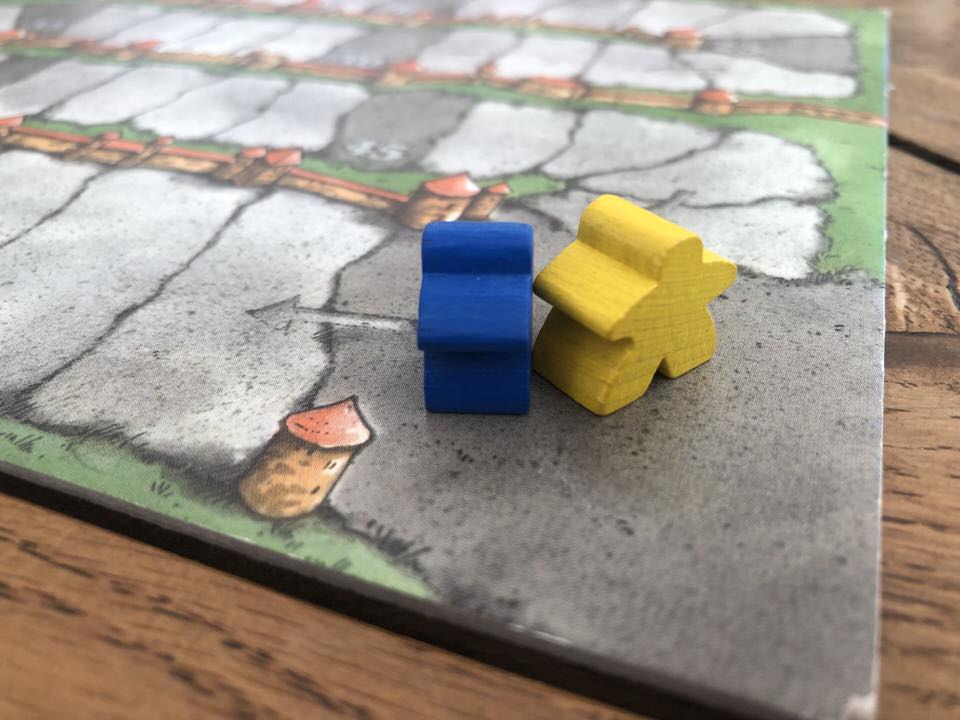
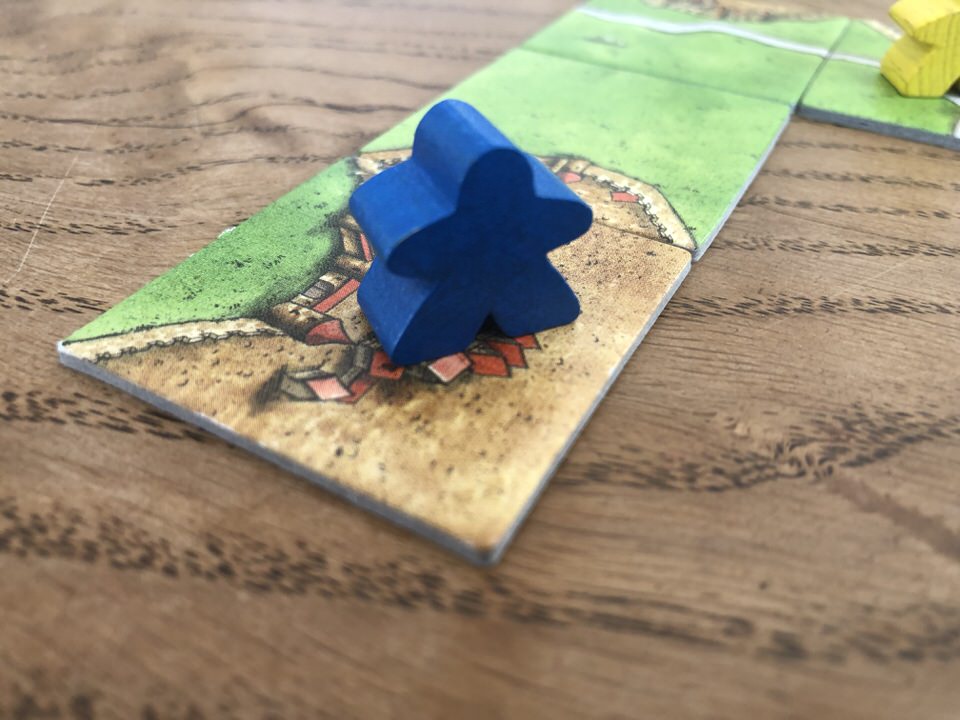
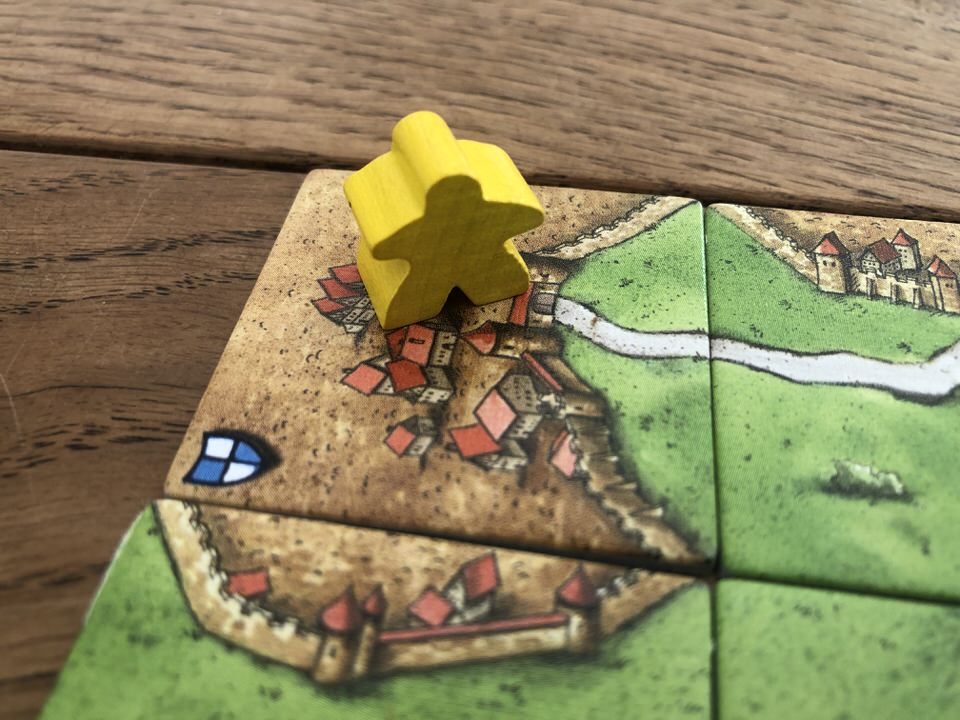
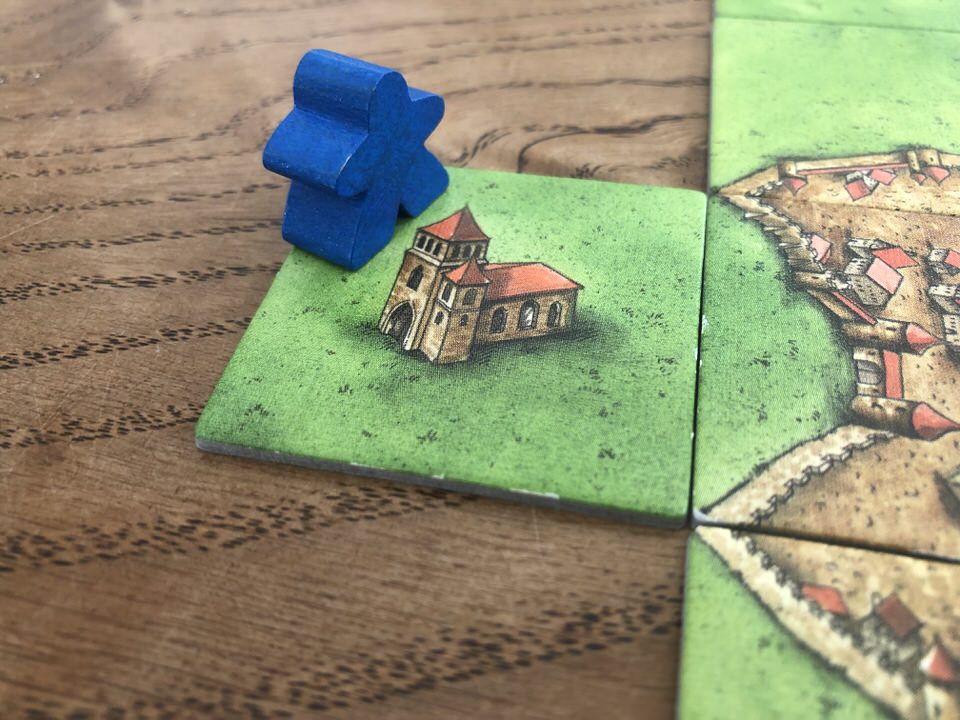
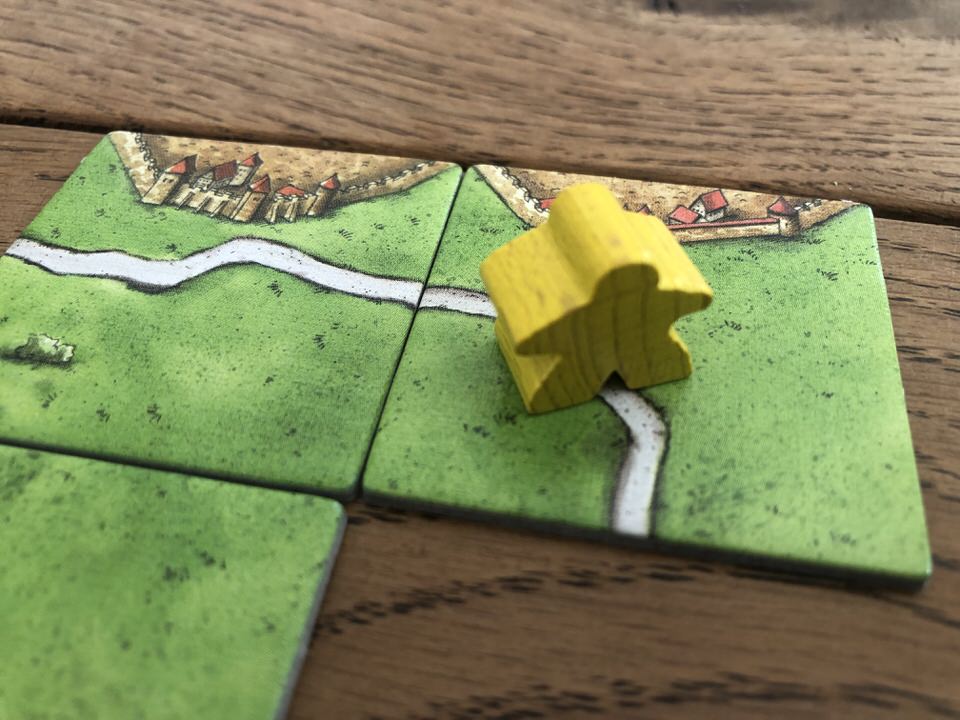
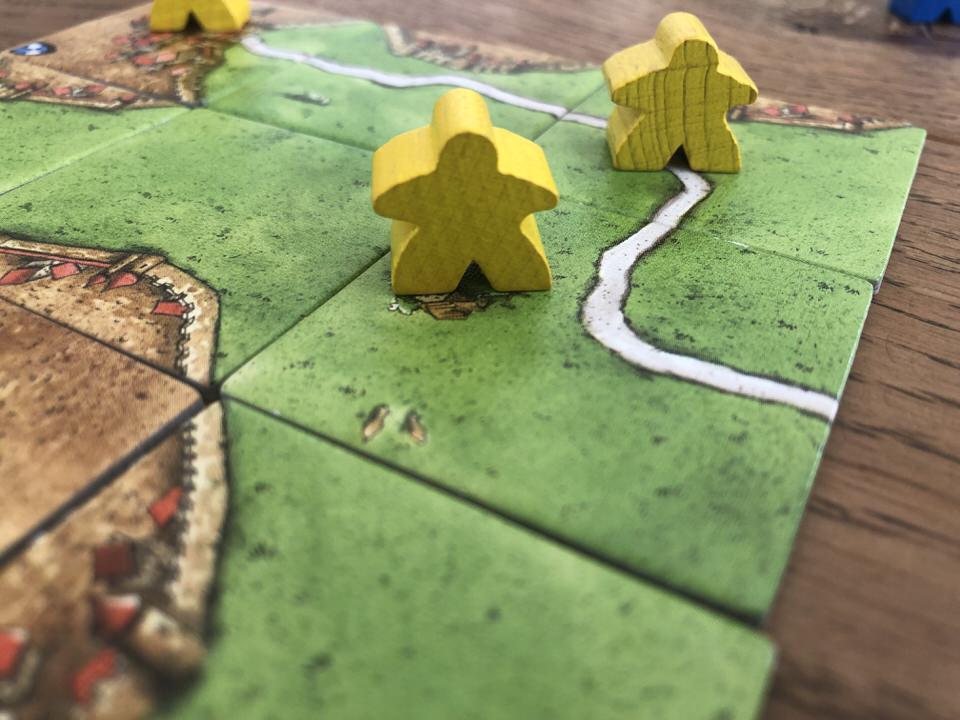
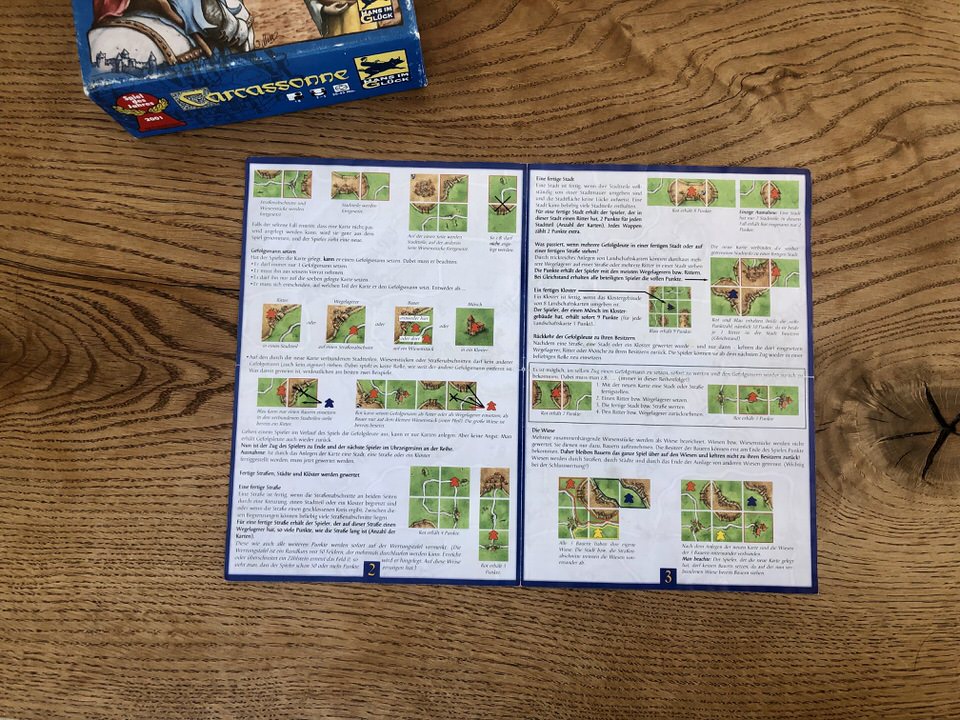
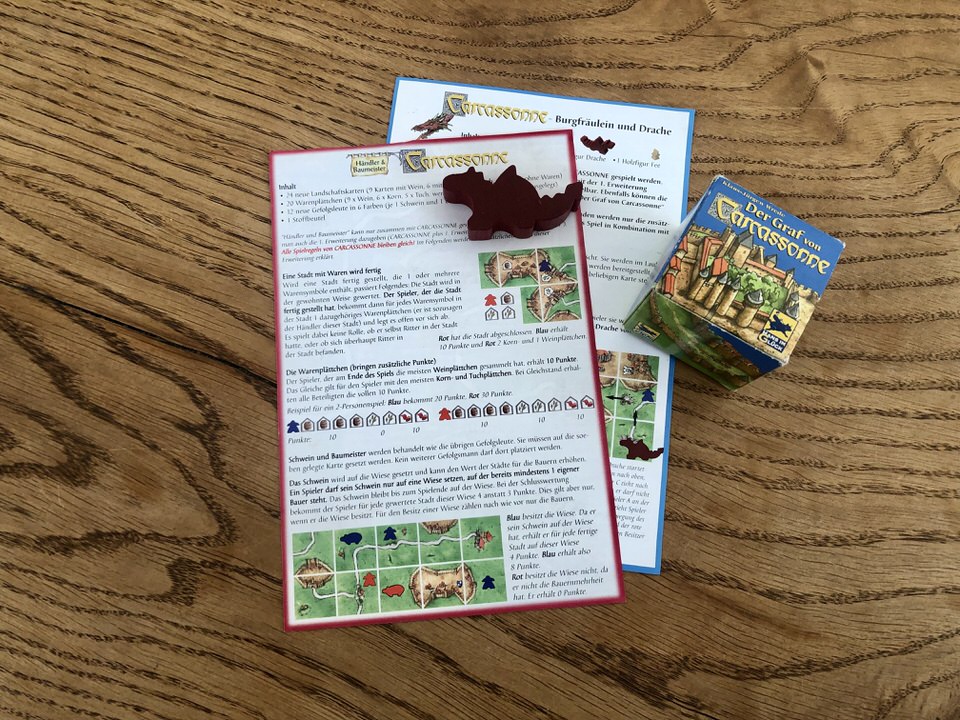
Leave a comment